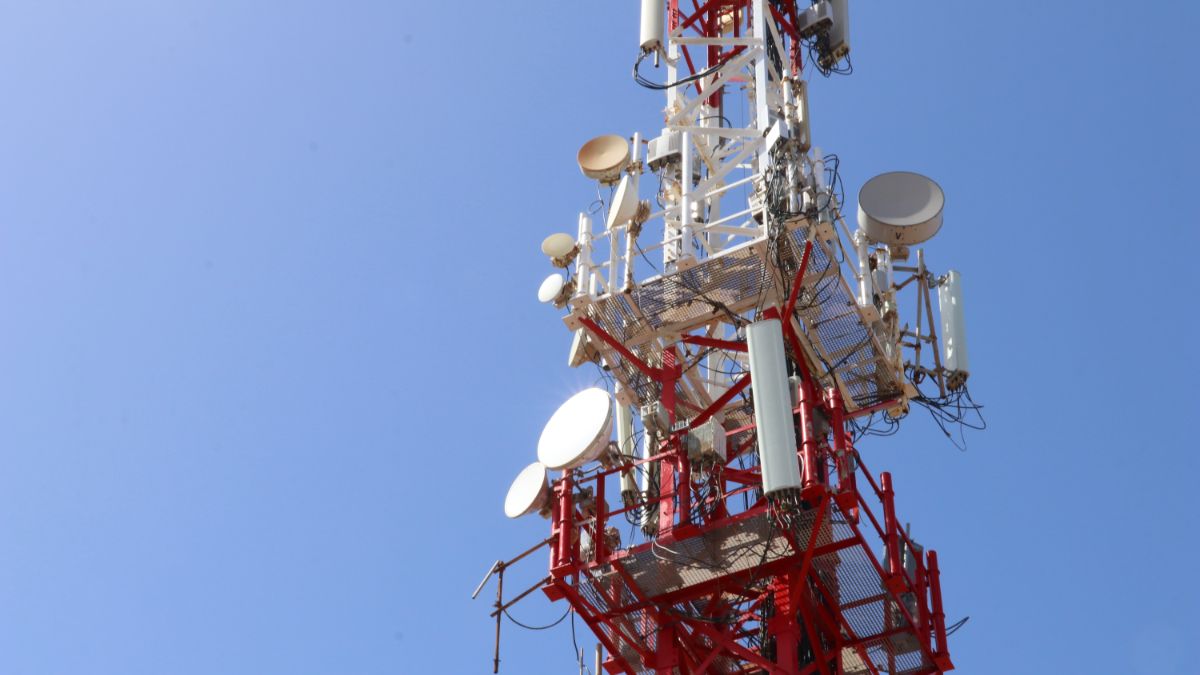International. IDTechEx analyzed the current and future status of materials, as well as technical advances, needed to sustain the 6G network, which is expected to be standardized only in 2027.
Although at the moment the 5G network is not fully implemented globally, even the high version of mmWave 5G will not take off for several years (according to IDTechEx forecasts), there is already speculation about the next generation of telecommunications technologies, that is, what the 6G network will be.
The most stark difference is that "while 5G will allow society to control more devices remotely in applications where real-time network performance is critical, 6G will bring much richer connectivity to the physical world, using advances in AI and computing to improve the machine-human interface."
Low-loss materials: the essential building block for 6G
According to IDTechEx, as with any new technology, material innovations act as building blocks upon which other technical advances can be developed. This is no different with 6G. While transmission loss and atmospheric dispersion are bad enough in high-frequency 5G bands, as they affect the range and signal integrity of 5G mmWave networks, they will be even worse in 6G bands like D-band (110-170 GHz).
In that regard, the world's first consortium for 6G technology development, 6Genesis Flagship Program 2018, identified the development of new low-loss materials as a fundamental technology enabler for 6G. "It is therefore important to investigate the potential dielectric performance required for 6G technologies, which is driving the current research on ultra-low-loss materials for 6G by many major players."
Key players developing in this field include material suppliers such as Taiyo Ink and ITEQ Corporation and research institutions such as the Georgia Institute of Technology in the USA, Yonsei University in South Korea and the Fraunhofer IKTS (Institute for Ceramic Technologies and Systems) in Germany.
Some approaches to low-loss materials for 6G involve commercially established materials such as PTFE, PPE, and fiberglass-reinforced thermosets with novel molecular architectures or compositions. Other approaches involve less conventional materials, such as low-cost thermoplastics, silica foams, or even wood-based composites.
However, the development of these dielectrics is a challenge on many levels. First, there is no clear goal of dielectric performance that these materials can achieve. IDTechEx expects the loss tangents of current ultra-low-loss commercial laminates to be the minimum performance standard for 6G devices, and it's now difficult to see how much less the loss tangents will have to be for 6G devices.
According to IDTechEx "it is also difficult to even characterize dielectric materials at terahertz frequencies, which iNEMI (International Electronics Manufacturing Initiative) is investigating with its 5G/6G MAESTRO project. Lastly, none of this considers the cost and manufacturing capacity of such ultra-low-loss materials, which will significantly affect the economic viability of 6G devices. Suffice it to say, much work remains to be done to advance low-loss materials enough to support 6G communication networks."
The company also said that smart reconfigurable surfaces (RIS) are what can enable low-loss materials. "With the right innovations, low-loss materials will support some critical 6G technologies, such as reconfigurable smart surfaces (RIS) made of metamaterials."
The main factor distinguishing RIS from existing technology is its cheap and almost passive panel of unit cells; These have reflective functionality when fully passive, but can direct/amplify the beam if active.
So, according to IDTechEx, low-loss radiofrequency metamaterials are critical for RIS. With operating frequencies between 95 GHz and 1 THz, minimizing transmission loss from metasurfaces is essential to maximize their RIS performance. Current research and development on low-loss materials for 6G is integral to the implementation of not only RIS but also other impactful 6G applications.
Market Forecasts for Low Loss Materials for 5G and 6G
IDTechEx's report, "Low Loss Materials for 5G and 6G 2023-2033," explores these technology and market trends driving low-loss materials for next-generation telecommunications like 6G.
So IDTechEx forecasts future revenue and area demand for low-loss materials for 5G while carefully segmenting the market by frequency (sub-6 GHz vs. mmWave), six types of materials, and three application areas (smartphones, infrastructure, and CPE) to provide sixty different forecast lines.
Finally, if you are interested in more information on this topic you can enter the following link www.IDTechEx.com/LowLossMats.


























Leave your comment